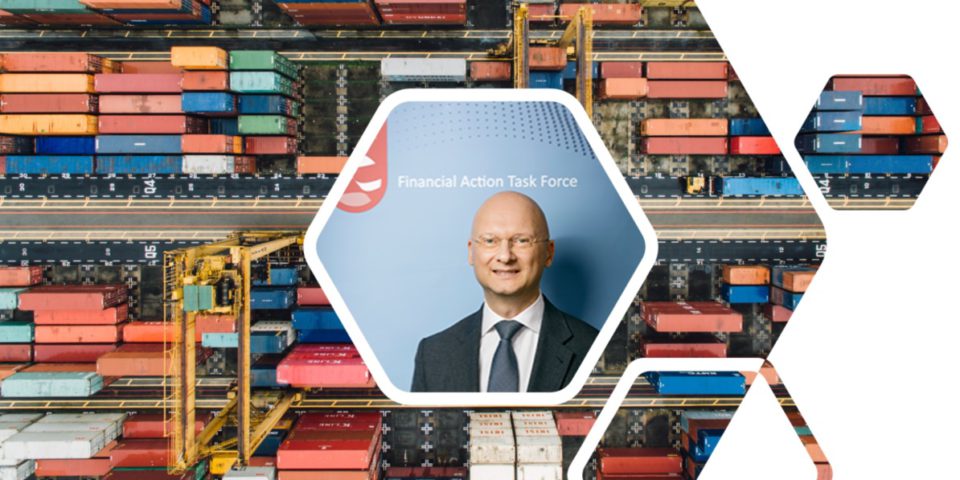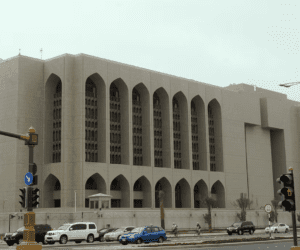By Dan Byrne for AMLi
THE FINANCIAL ACTION TASK FORCE has warned that financial criminals are using trade to launder funds on a large and threatening scale.
FATF President Marcus Pleyer noted that in one recently documented example, a single organisation was able to launder over $400 million over several years – using international trade to pass off their dirty money as legitimate.
“Trade-based money laundering (TBML) exploits the international trade system,” he said at a FATF press conference Wednesday. “It allows criminals to disguise proceeds, whether by shipping fewer goods than publicly listed, overpaying for goods, or simply paying for goods that aren’t shipped at all.”
He also described the path towards making the threat of TBML redundant, stressing that “if countries take action, we can make money laundering through trade too risky, too complicated and, in the end, unprofitable.”
He spoke at the release of a new report, produced by FATF in conjunction with the Egmont Group; a forum for financial intelligence units (FIUs) worldwide intended to foster cooperation between these national financial watchdogs.
Egmont group chair Hennie Verbeek-Kusters warned that TBML was one of the more complicated methods of money laundering.
“There is so much trade around the globe, which means there are so many opportunities to hide illegal money,” she said. “It changes rapidly in the way it is being dealt with, and we’ve identified that it’s important for FIUs to cooperate.”
The value of international trade is estimated to have grown to almost $20 trillion by 2018.
All kinds of economic sectors – small to large, low-value to high-value – were vulnerable to exploitation by money launderers when trading their goods on the international market, the report said.
Some trends were noted across these sectors, including the involvement of goods with high price margins, goods with extended trade cycles (i.e. shipped across multiple jurisdictions) and goods which are naturally difficult for customs authorities to examine.
Speaking at the report’s release, British Revenue and Customs Assistant Director Kevin Newe expressed his hope that stakeholders like customs officers would be brought further into the fight against TBML.
“Freight monitors and customs officials are at the coalface of all this trade activity,” he said. “We should ask ourselves how we can use them as our eyes and ears on the ground, because they can show us what these things really look like.”
Share this on:
Follow us on:








